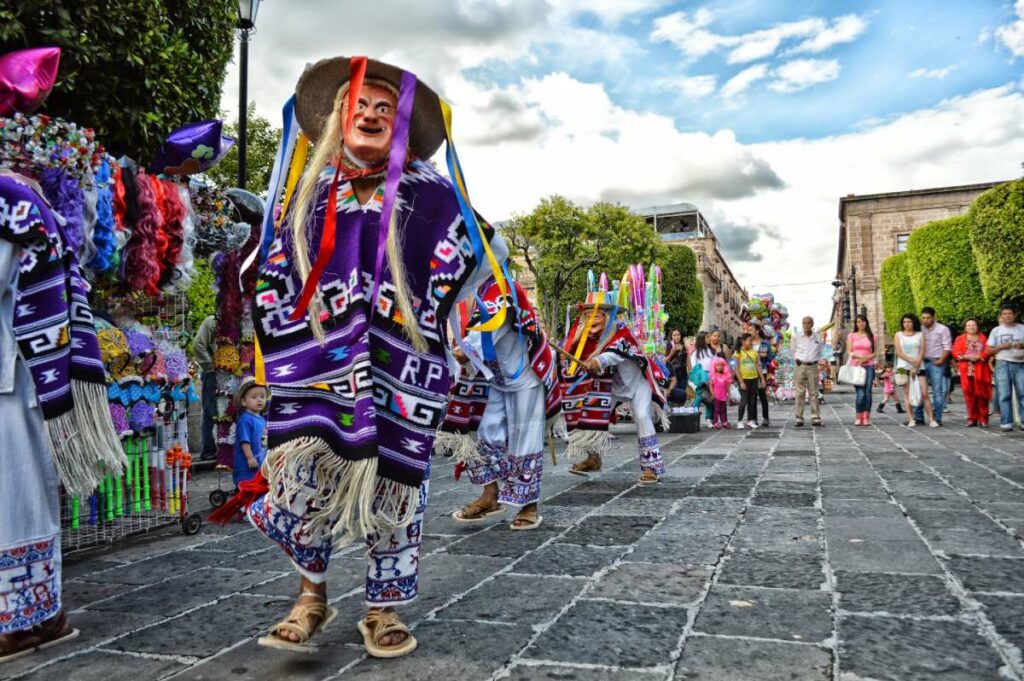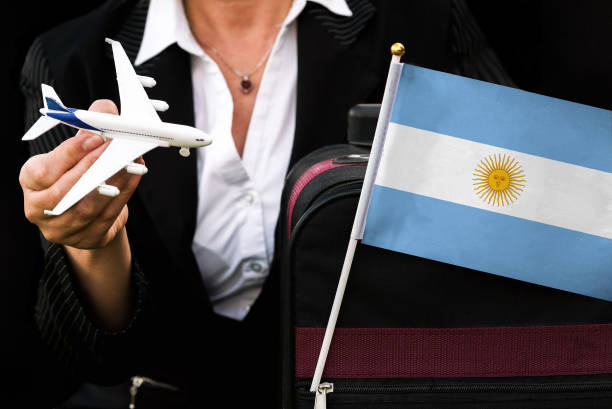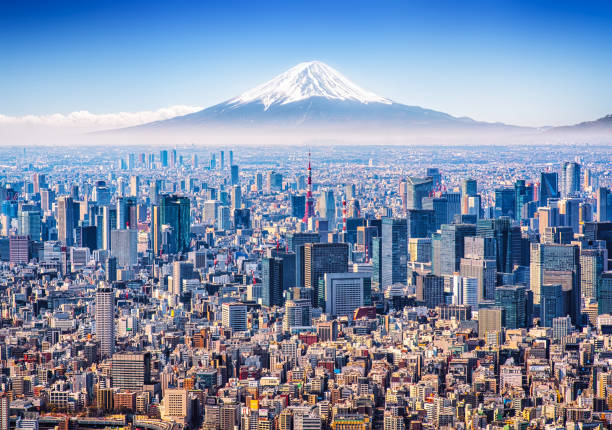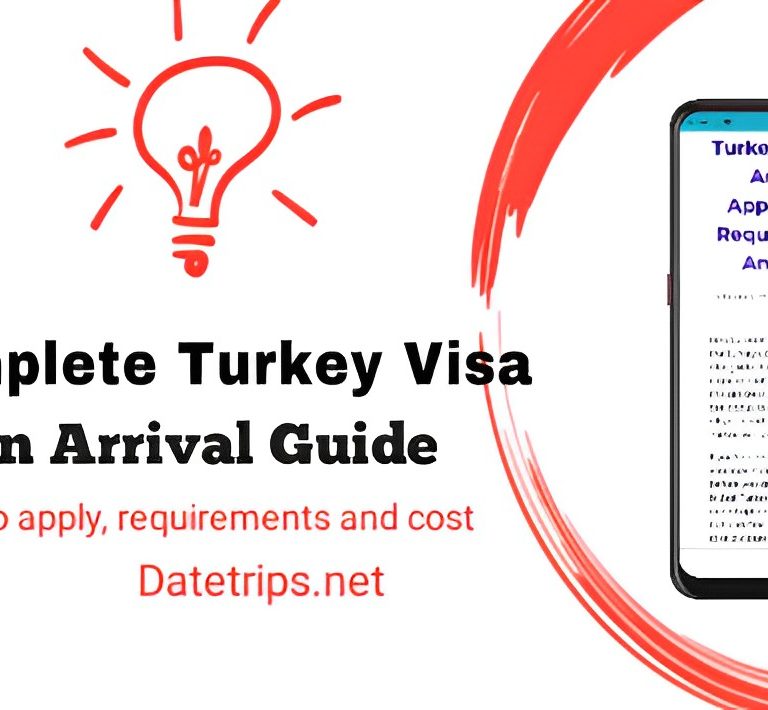How to Immerse in the Local Culture When Traveling
Immersing yourself in the local culture when traveling can be a rewarding and enriching experience. It allows you to gain a deeper understanding of the destination, connect with locals, and create meaningful memories. Here are some tips on how to immerse yourself in the local culture when traveling:
Research and Learn About the Culture:
Before your trip, take the time to research and learn about the culture, customs, traditions, and history of the destination. Read books, watch documentaries, or explore online resources to familiarize yourself with the local way of life. Understanding the culture beforehand will enhance your appreciation and engagement during your travels.
Interact with the Locals:
Engaging with locals is one of the best ways to immerse yourself in the local culture. Strike up conversations with people you meet along the way – whether it’s the hotel staff, shopkeepers, taxi drivers, or fellow travelers. Ask for recommendations, seek their insights, and be genuinely interested in their stories and experiences. This interaction can provide a unique perspective and insider knowledge about the destination.
Learn Basic Phrases:
Learning a few key phrases in the local language can go a long way in connecting with locals and showing respect for their culture. Simple greetings, thank you, please, and basic questions can help break the ice and create a friendly atmosphere. Carry a pocket-sized phrasebook or use language-learning apps to assist you in communicating with locals.
Try Local Cuisine:
Food plays an essential role in any culture. Be adventurous and try the local cuisine. Explore local markets, street food stalls, and traditional restaurants to savor the authentic flavors of the region. Don’t shy away from sampling traditional dishes that may be unfamiliar to you. Engage with locals to learn about their favorite local dishes and culinary traditions.
Participate in Local Festivals and Events:
Check if there are any local festivals, cultural events, or celebrations taking place during your visit. Attending these festivities can provide a unique insight into the traditions, music, dance, and rituals of the local culture. Immerse yourself in the vibrant atmosphere, join the festivities, and witness the local customs firsthand.
Visit Cultural Sites and Museums:
Explore museums, art galleries, historical sites, and cultural landmarks that showcase the local heritage. These places offer a window into the history, art, and traditions of the destination. Take your time to appreciate the exhibits, read about their significance, and learn from the displays. Consider hiring local guides who can provide in-depth explanations and anecdotes.
Explore Neighborhoods Off the Beaten Path:
Venture beyond the touristy areas and explore local neighborhoods to get a taste of everyday life. Wander through residential streets, visit local markets, or sit in a neighborhood café to observe the local rhythm. These areas often reveal the authentic essence of a destination, allowing you to observe locals going about their daily lives.
Participate in Cultural Workshops or Classes:
Look for opportunities to engage in cultural workshops or classes that teach traditional arts, crafts, or activities. It could be a cooking class, pottery workshop, traditional dance lessons, or language classes. Participating in these activities not only enables you to learn a new skill but also provides an immersive cultural experience and an opportunity to interact with local artisans or experts.
Respect Local Customs and Etiquette:
Show respect for the local customs, traditions, and social norms. Familiarize yourself with the local etiquette, such as appropriate dress codes, greetings, or gestures. Observe and follow the behavior of locals to avoid unintentionally offending anyone. Being respectful of the local culture goes a long way in creating positive interactions and fostering cultural exchange.
Go Beyond Tourist Attractions:
While visiting popular tourist attractions is essential, try to explore beyond the well-known landmarks. Seek out hidden gems, local hangouts, and lesser-known attractions. Engaging in off-the-beaten-path experiences allows you to interact with locals and discover the authentic aspects of the destination that are often missed by mass tourism.
Stay with Locals or in Homestays:
Consider staying with locals through homestays, guesthouses, or community-based accommodations. This provides an immersive experience where you can live with locals, learn about their daily routines, and get a glimpse into their way of life. Engaging with your hosts can offer a deeper understanding of the local culture and foster connections.
Volunteer or Support Local Initiatives:
Find opportunities to give back to the community or support local initiatives. Volunteer with local organizations or participate in community projects that focus on education, conservation, or social welfare. This allows you to actively contribute to the local culture while forging meaningful connections with locals.
Keep an Open Mind and Be Curious:
Approach your travels with an open mind and a sense of curiosity. Embrace new experiences, embrace different perspectives, and be willing to step out of your comfort zone. Embracing the unknown can lead to memorable encounters, personal growth, and a deeper appreciation for the local culture.
Document Your Experiences:
Documenting your experiences while traveling involves keeping a record of your journey, capturing memories, and reflecting on your adventures. It allows you to preserve the moments, emotions, and insights gained during your travels. Here’s why documenting your experiences can be beneficial and some ways to do it:
- Memory Preservation: Documenting your experiences helps you preserve your travel memories. As time passes, memories can fade, but a journal, photo album, or video can serve as a tangible reminder of the places you visited, people you met, and experiences you had. It enables you to revisit and relive those moments, evoking emotions and nostalgia.
- Self-Reflection and Personal Growth: Documenting your experiences encourages self-reflection and introspection. Writing in a journal or creating a travel blog allows you to process your thoughts, reflect on your experiences, and gain insights about yourself and the world around you. It can be a form of therapy, helping you grow and develop as an individual.
- Sharing with Others: Documenting your experiences gives you the opportunity to share your adventures with family, friends, and a wider audience. Sharing stories, photos, or videos through social media, blogs, or personal presentations can inspire others to travel, learn about different cultures, and see the world from a new perspective.
- Inspiring Others: By documenting and sharing your experiences, you have the potential to inspire others to explore new destinations, step out of their comfort zones, and embrace new experiences. Your stories and photos can ignite a sense of wanderlust and encourage others to embark on their own travel adventures.
- Cultural Exchange: Documenting your experiences fosters cultural exchange. By sharing your encounters with local people, customs, and traditions, you contribute to a broader understanding and appreciation of different cultures. Your documentation can act as a bridge between cultures, promoting empathy, tolerance, and respect.
- Ways to Document Your Experiences:
- Travel Journal: Keep a physical journal or an online diary to jot down your thoughts, observations, and experiences during your travels. Write about the places you visit, people you meet, and unique encounters. Include details like sights, sounds, tastes, and feelings to capture the essence of your journey.
- Photography: Take photographs to capture the moments, landscapes, and people you come across. Use your camera or smartphone to document the visual aspects of your travel experiences. Consider experimenting with different angles, lighting, and compositions to create compelling visual narratives.
- Videos: Record videos to document your experiences. You can create short clips or vlogs, capturing your surroundings, interactions, and activities. Videos allow you to convey the atmosphere, sounds, and movements, providing a more immersive experience for yourself and your audience.
- Social Media: Share snippets of your journey through social media platforms like Instagram, Facebook, or Twitter. Post photos, write captions, and share brief stories to update your friends and followers about your adventures. Utilize hashtags or geotags to connect with like-minded travelers or locals.
- Blogging or Online Travel Platforms: Create a travel blog or contribute to online travel platforms to share detailed stories, travel tips, and insights from your experiences. Blogging allows you to delve deeper into your adventures, engage with a community of fellow travelers, and provide valuable information to aspiring explorers.






